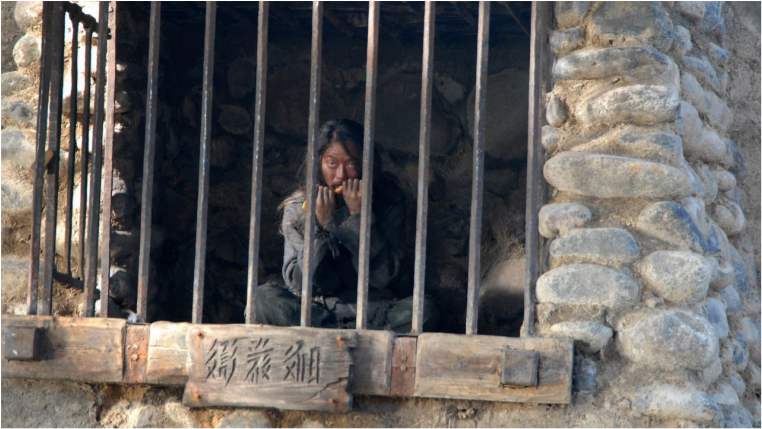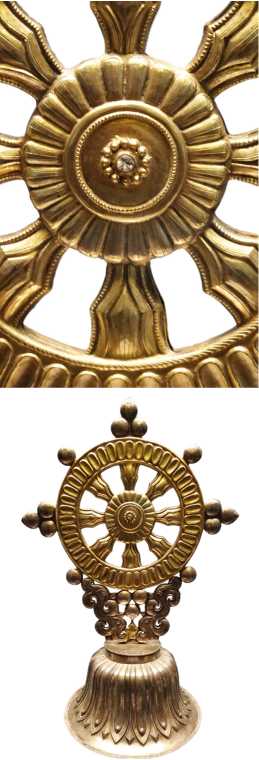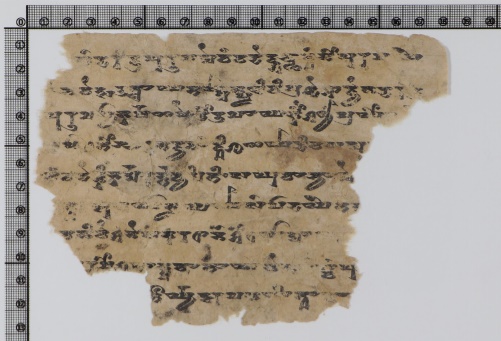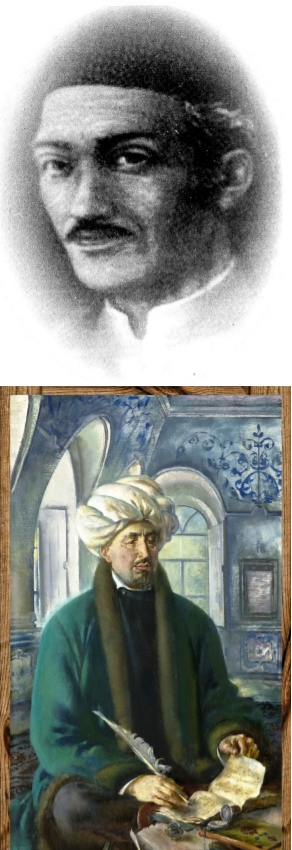
The journal Orientalistica is an peer-reviewed academic journal, covering a wide range of areas of Oriental studies.
The Journal is being published since 2018. Since 2020 it has annually 5 issues.
Form of distribution - print media, journal. Registration number and decision date on registration with the Federal Service for Supervision of Communications, Information Technology and Mass Media (Roskomnadzor): PI No. FS77-72763 dated May 4, 2018.
Registerd in the ISSN National Centre of the Russian Federation, Russian Book Chamber:
- ISSN: 2618-7043 (Print)
- ISSN: 2687-0738 (Online) Certificate
Our Mission
The Orientalistica offers research papers on the classical period of history, philosophy and literature of the peoples of the East in Antiquity and the Middle Ages. The Editorial Board hopes that highlighting the most popular and important aspects of research in Eastern studies will foster the academic cooperation between the scholars in the Russian Federation and the worldwide research community.
The mission of the journal is to promote Asian and African studies by publishing high quality original articles, scholarly reviews, field research materials as well as introducing new hitherto unknown or little-known historical sources both in original languages and translations.
Compliance with the requirements of the Higher Attestation Commission
By order of December 25, 2020, No. 469-r of the Ministry of Science and Higher Education of the Russian Federation (Ministry of Education and Science of Russia) and based on the corresponding decision of the Presidium of the Higher Attestation Commission under the Ministry of Education and Science of Russia dated December 18, 2020, the Journal Orientalistica from December 25, 2020, included in the List of peer-reviewed scientific publications, in which the main scientific results of dissertations for the degree of Ph. D. (russ.: kandidat nauk candidate of science), for the degree of Dr. habil. (russ.: doctor nauk, doctor of science), formed based on the recommendations of the expert councils of the Higher Attestation Commission, in scientific specialities and corresponding to them should be published branches of science:
HISTORICAL SCIENCES AND ARCHAEOLOGY
- 07.00.02 History of Russia (History)
- 07.00.03 General history (of the relevant period) (History. 1) Ancient history 2) Middle Ages
- 07.00.06 Archaeology (History)
- 07.00.07 Ethnography, Ethnology and Anthropology (History)
- 07.00.09 Historiography, Sources Studies and Methods of Historical Research (History)
- 09.00.13 Philosophical Anthropology, Philosophy of Culture (History)
- 09.00.14 Philosophy of Religion and Religious Studies (History)
PHILOSOPHICAL SCIENCES
- 09.00.03 History of Philosophy (Philosophy)
- 09.00.13 Philosophical Anthropology, Philosophy of Culture (Philosophy)
- 09.00.14 Philosophy of Religion and Religious Studies (Philosophy)
PHILOLOGICAL SCIENCES
- 10.01.03 Foreign Literatures (with the particular literature specified) (Philology. Asian and African Literatures)
- 10.01.08 Theory of literature. Textology (Philology)
- 10.01.09 Folklore Studies (Philology)
The Orientalistica Editorial board intends to make the presence of the Journal in the nomenclature of the Higher Attestation Commission (BAK) scientific specialities List and invites authors of publications in scientific specialities and corresponding branches of science as follows:
History of Science (History, Philosophy)
Russian literature and literatures of the peoples of the Russian Federation (Philology).
- References
- Ibn-Sīnā. Ash-Shifā’:al-Mantiq: 2) al-Maqūlāt. Cairo: Wizārat ath-thaqāfa wa-l-irshād al-qaw̄mī; 1959. (In Arabic)
- Wada Yasuhiro. Shinchō-kō ki. Sengoku hasha-no ikkyu shiryo. Тоkyo: Chuo koron shinsha; 2018. (In Japan.)
- al-Fārābī. Commentaries on Aristotle’s “Categgries”. In: Medieval Arab-Muslim philosophy in A.V. Sagadeev’s translations. Vol. 1. M.: Marjani; 2009. P. 117–149. (In Russ.)
- Breasted J.H. et al. Medinet Habu. Volume I: Earlier Historical Records of Ramses III. Chicago: University of Chicago Press; 1930.
Current issue
Personalia in Memoriam 
PHILOSOPHY OF THE EAST. History of philosophy 
PHILOSOPHY OF THE EAST. Philosophy of religion and religious studies 
HISTORY OF THE EAST. Universal history 
HISTORY OF THE EAST. Ethnology, Anthropology and Ethnography 
HISTORY OF THE EAST. Historiography, source critical studies, historical research methods 
LITERATURE OF THE EAST. Theory of literature 
LITERATURE OF THE EAST. Theory of literature. Textology 
LITERATURE OF THE EAST. Literature of the peoples of foreign countries 
CHRONICLE. Reviews 
News
2021-05-13
В Москве простились с видным ученым-востоковедом Валерием Андросовым
Прощание с доктором исторических наук, профессором, главным научным сотрудником Института востоковедения РАН Валерием Павловичем Андросовым состоялось 12 мая 2021 года в Москве на Николо-Хованском кладбище.
2021-05-10
Ушел из жизни главный редактор журнала «Ориенталистика» В. П. Андросов
Редакция с прискорбием сообщает, что 9 мая 2021 года на 71-м году жизни скончался доктор исторических наук, профессор, главный редактор журнала «Ориенталистика» (Orientalistica) Валерий Павлович Андросов.
2021-04-23
Поздравления: Профессор КФУ и член редколлегии журнала «Ориенталистика» Айрат Ситдиков стал лауреатом Макариевской премии
Премия по естественным наукам 2020 года за разработку научной концепции Музея археологического дерева вручена в Казани директору Высшей школы исторических наук и всемирного культурного наследия КФУ Айрату Габитовичу Ситдикову, доктору исторических наук, входящему в состав редколлегии журнала «Ориенталистика» с момента основания издания в 2018 году. Премия вручается с 1885 года за лучшие труды по богословским и светским наукам.
| More Announcements... |


























